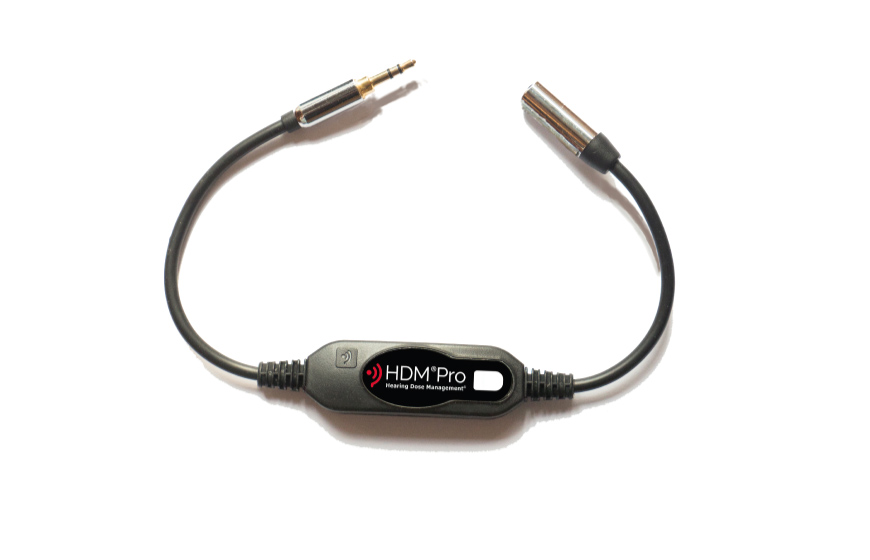Hearing Dose is a term we use to describe the amount of reproduced sound energy reaching our ears. It is the product of the Time you are exposed, and the Volume and Energy Content in what you are listening to.
The energy content varies with the type of sound you are listening to, and it relates to the average level of the material.
The spoken word has quite a low average level (compared to peak level) because of the gaps between words and pauses between sentences. Classical Music has more sustained sounds in it, so the average level is higher for the same peak level. The average level of Rock Music is frequently nearly the same as the peak level.
The Health and Safety Executive (HSE) specify that you can safely listen to an average level of 85dB for 8 hours. We call this the Daily Sound Allowance (DSA®).
If you listen at a higher average level, the safe time goes down. If you listen for a longer period, the safe level goes down; in fact, it’s a direct relationship, so twice the level = half the time, and vice versa.
Ear Protection Headphones
Technically innovative, but simple to use, HDM® (Hearing Dose Management®) measures the sound level being delivered to headphones and earpieces.
HDM® continuously estimates the average dose level (LAeq – sound level over time), and anticipates your accumulated dose for the day. If your current hearing dose rate is likely to exceed the recommended level it introduces passive attenuation to reduce the level.
As HDM®Pro is working with long term average levels, it does not normally have to make dramatic changes to the perceived volume.

The signal path is completely analogue; no compression is introduced, and the overall dynamic range is unaffected.
HDM®Pro also has two further safeguards to protect you from unexpected peaks, and to illustrate this, we have divided your hearing experience into 3 parts:
“Useful” levels are dealt with by HDM®Pro as above and will typically be levels up to 100dB to allow for peaks in the reproduced sound.
“Non-Useful” levels (between 100 and 118dB) are dealt with by ROR® (Rapid Overload Response) circuitry. Any reproduced sounds between 100dB and 118dB are reduced to 100dB by a fast acting attenuator, in approximately 500ms. This will alert you to the fact you have, perhaps, plugged into a headphone socket which has been left set to maximum level, but will still protect you from possible damage.
Signals above 118dB are termed “Dangerous” and are instantaneously dealt with by a hard clipping circuit, which ensures that you are protected until the ROR® function is operating.
HDM®Pro U is best suited for individual use as it is designed to monitor and control the hearing exposure of one person